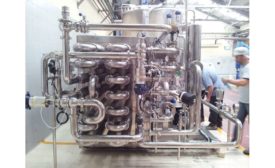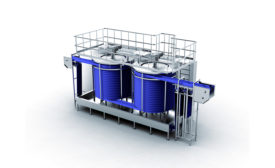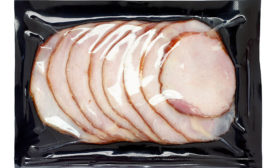Home » Keywords: » pasteurization
Items Tagged with 'pasteurization'
ARTICLES
Food Safety
Post-processing Pasteurization: Pressing innovation
Leveraging post-processing pasteurization technologies and methodologies is vital if meat and poultry processors are to eradicate the threat of pathogens throughout the production cycle.
Read More
Food Safety
Pasteurization options continue to grow
For pasteurizing product, processors have a variety of options on the rise, but thermal processing remains entrenched as the proven option for many companies.
Read More
Providing another barrier for pathogens
Post-harvest pasteurization methods protect against foodborne pathogens, while keeping labels clean.
Read More
Stay ahead of the curve. Unlock a dose of cutting-edge insights.
Receive our premium content directly to your inbox.
SIGN-UP TODAYCopyright ©2024. All Rights Reserved BNP Media.
Design, CMS, Hosting & Web Development :: ePublishing










